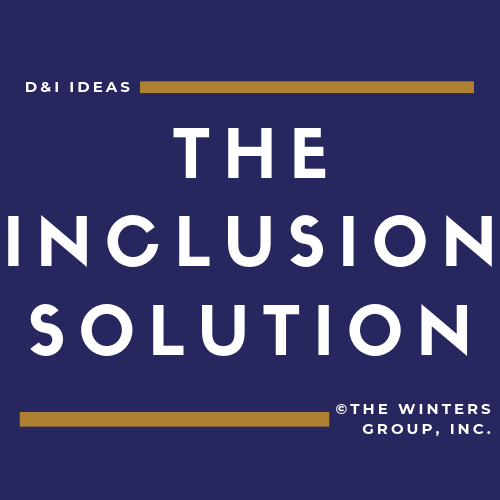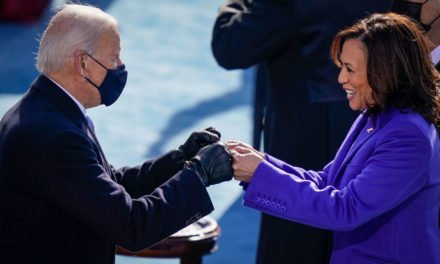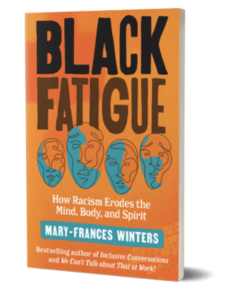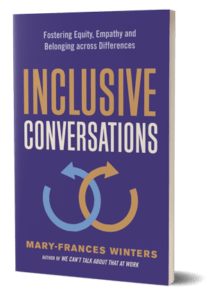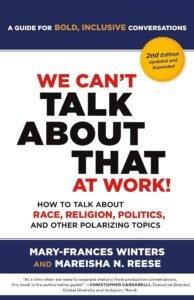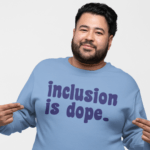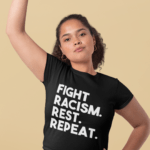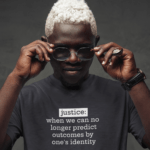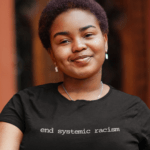
I’ll be honest. I still cringe when I hear the terms “diversity training.” Even though D&I (diversity and inclusion) as a practice has evolved, I feel like “diversity training,” itself, hasn’t been able to shake some of the connotations that suggest it is “fluff,” all about sensitivity and respect, a compliance “checkbox,” or simply unproductive. Some of these perceptions are not without merit. Studies have shown that diversity training can, in fact, be ineffective, and in some cases cause more harm than good.
Last week, Jonathan Zimmerman, a columnist for the Charlotte Observer discussed the effectiveness of diversity training in school systems, specifically for students who engage in racist or anti-Semitic behavior. What does this behavior look like? Here are a few recent examples:
- High Schoolers playing Nazi vs. Jews beer pong
- Students dressing up in shirts that read “N***gr
- Fraternity chants that blatantly articulate discrimination and exclusion
- School kids shouting “Trump, build that wall!” to players of color at a soccer game
Side Note: I have become less and less surprised when I hear of instances where Millennials are engaging in overtly offensive and discriminatory behavior as those listed above. But I have to acknowledge the irony, here. Even as the Millennial population is lauded as being the most culturally diverse, there seems to be an uptick in culturally insensitive behavior, these days. But I digress…
A common response to these instances is often times “diversity training.” This approach is not unique to schools; companies typically engage in the same. Zimmerman challenged the effectiveness of such diversity and sensitivity training, and suggested alternative methods may be more effective:
“In the Princeton beer-pong game, ‘Jews’ received an ‘Anne Frank’ cup that they could hide anywhere while the ‘Nazis’ had the power to ‘Auschwitz’ an opponent by making him sit out. So the students should be required to produce research papers about Frank and the death camp where she was murdered.
Meanwhile, the Phoenix students should be required to read Harvard law professor Randall Kennedy’s exhaustive history of the N-word in American life. Their assignment would be to describe the roots of the term in the age of slavery, the ways that white people used it to stigmatize blacks, and how African-Americans sometimes appropriated the word for their own purposes.
That would also require the students to probe the complex, contextual meanings of the term.”
I think Zimmerman is on to something, here. While I see the value and have experienced, first hand, the effectiveness of diversity & inclusion training done well, I don’t believe it is enough to impact behavior, alone. Zimmerman’s suggestions are valid. Additional research and individual work would encourage application, reflection, and continuous learning, all of which are critical to truly building one’s cultural competence.
The Winters Group uses The 4E Model when conceptualizing the journey to cultural competence. One of those E’s is education. I think diversity training gets a bad rap sometimes because we assume the ‘education’ piece ends when the training module or class is over. We send students or leaders to a few hours of training that encourage self-awareness and understanding, with the unrealistic expectation that their behaviors and worldviews will change in just a matter of hours. This is often without regard for the fact that many of those behaviors and worldviews are as a result of years and years of acculturation.
So, is diversity & inclusion training effective? When done well, yes. Will it ever be enough? Nope, not nearly.
